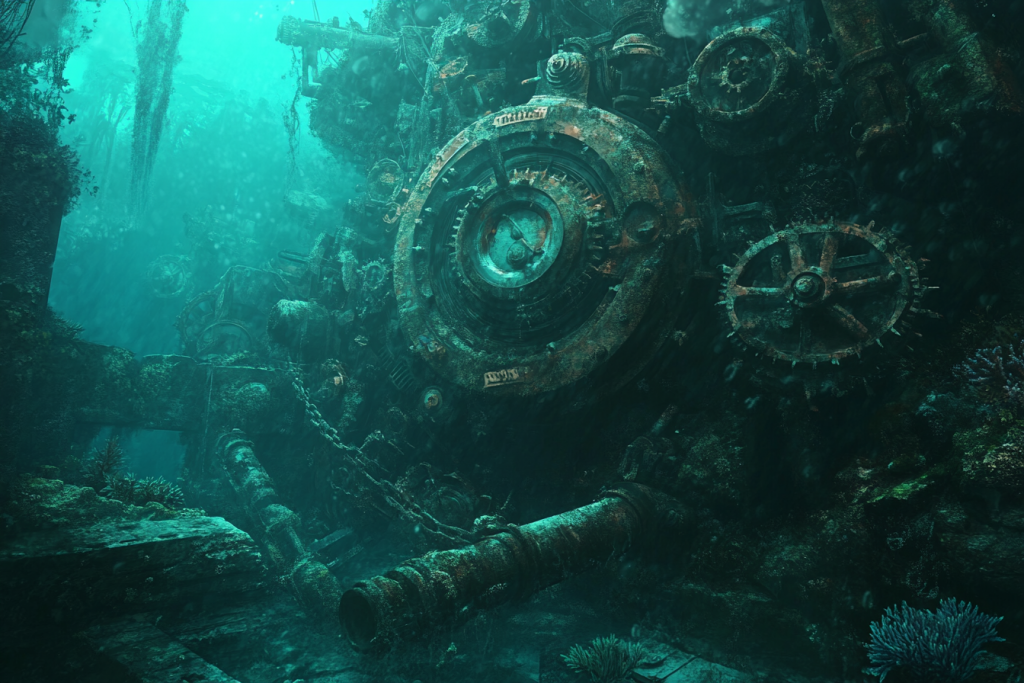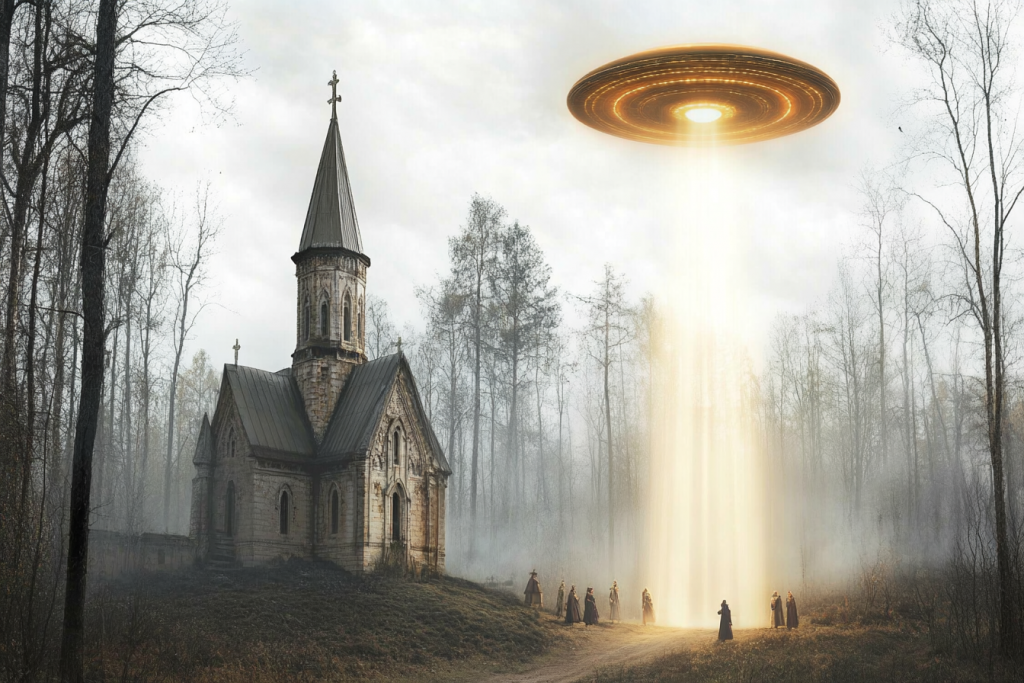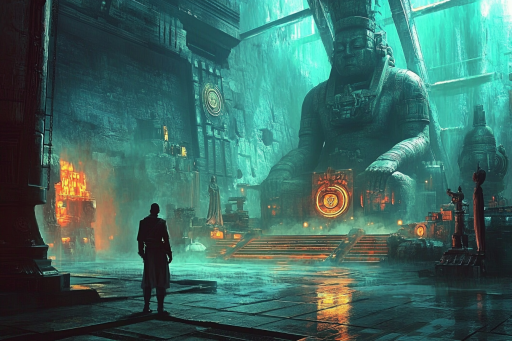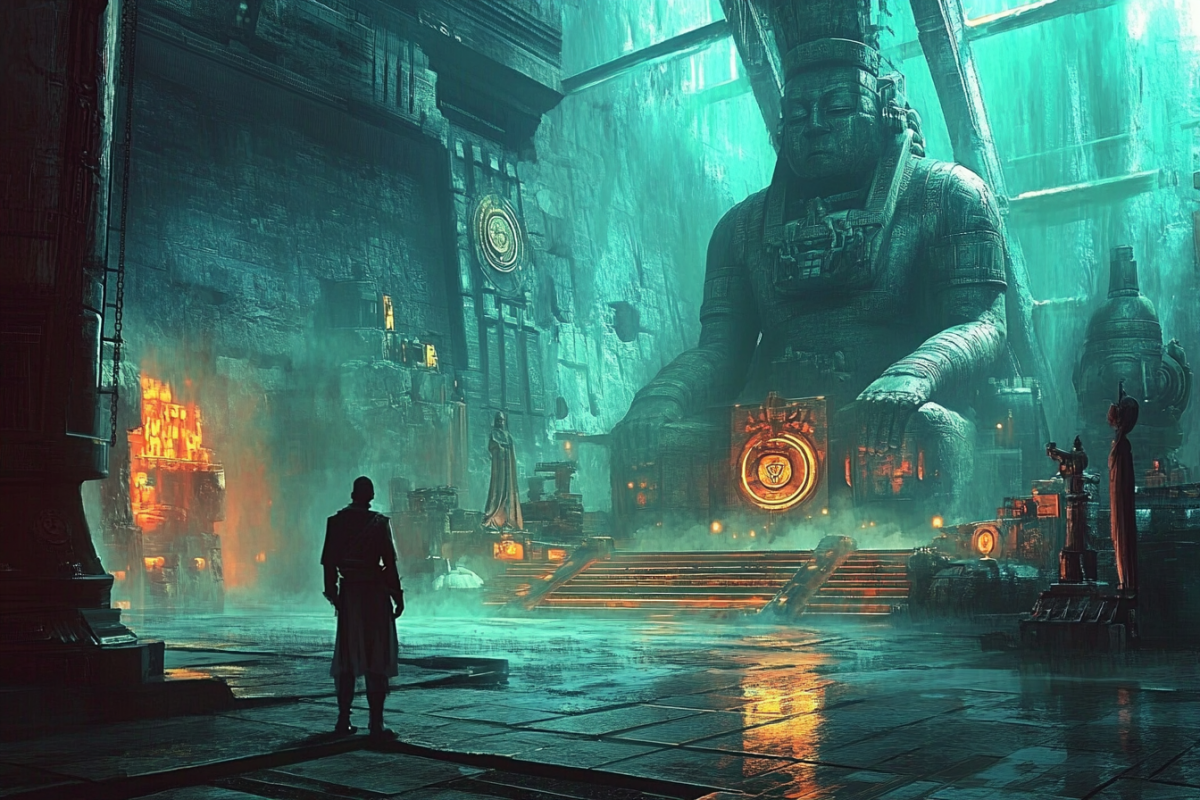
Some historical texts contain eerie descriptions of technology that shouldn’t have existed at the time. From ancient manuscripts to medieval artwork, these records seem to depict airplanes, artificial intelligence, and even the internet—long before their official invention. Were these visions of the future, coincidences, or something else entirely? These accounts remain some of history’s strangest mysteries, challenging our understanding of time, innovation, and human imagination.
The Ancient Greek “Computer” That Shouldn’t Exist

The Antikythera Mechanism, discovered in a shipwreck, is an intricate device made of gears and dials that appears to be an ancient analog computer. It dates back over 2,000 years, yet it could predict astronomical movements with remarkable precision. Scientists still struggle to understand how such advanced technology existed in an era that lacked complex machinery. Some theories suggest it was far ahead of its time—or possibly influenced by lost knowledge.
Da Vinci’s Sketches of Flying Machines

Leonardo da Vinci’s notebooks contain detailed sketches of flying machines that resemble modern helicopters and gliders. Centuries before human flight became a reality, he conceptualized aerial technology with shocking accuracy. While his designs never left the page in his lifetime, they foreshadowed the principles behind modern aviation. Was he simply a genius ahead of his time, or did he glimpse something from the future?
The “Magic Mirror” That Sounds Like a Smartphone

An ancient Chinese text describes a mystical mirror that could show distant people and events as if they were happening in real-time. Some believe this description is eerily similar to modern video calls and smartphones. The idea of seeing and speaking to someone far away was considered impossible at the time—yet this account suggests it was imagined long before technology made it a reality.
The Manuscript That Described Artificial Intelligence

A medieval manuscript tells the tale of a talking bronze head that could answer questions with wisdom beyond human capability. This sounds eerily similar to modern AI and voice assistants like Siri or ChatGPT. The legend suggests that the device was built by a scholar using hidden knowledge. Whether pure fiction or a glimpse into an early concept of artificial intelligence, it remains an unsettling parallel.
The Egyptian “Light Bulb” Hieroglyphs

Deep in the Temple of Dendera, ancient Egyptian carvings depict objects that resemble oversized light bulbs, complete with filament-like structures inside. Some researchers believe these are just symbolic, while others argue they hint at lost electrical knowledge. Whether coincidence or something more, the resemblance to modern lighting is uncanny.
The 19th-Century Novel That Predicted the Internet

In 1898, Mark Twain wrote From the ‘London Times’ of 1904, which describes a global communications network called the “telelectroscope.” This fictional device allowed people to access information instantly from around the world—essentially foretelling the internet. Twain’s story came decades before computers existed, making his vision strangely prophetic.
The Painting That Looks Like a UFO Encounter

A 15th-century painting titled The Madonna with Saint Giovannino features an odd flying object in the background. The disk-like shape, glowing light, and beams descending to the earth resemble modern depictions of UFOs. While historians debate whether it’s symbolic or something more, the resemblance to contemporary reports of unidentified aerial objects is undeniable.
The Vision of the “Iron Horse” Before Trains Were Invented

Indigenous American prophecies spoke of an “iron horse” long before locomotives were invented. When railroads were eventually built, many were shocked at how closely they matched these earlier descriptions. Whether a metaphor or a true foresight into industrial progress, it remains a strange coincidence.
The Strange Case of the Sleeping Prophet

Edgar Cayce, known as the “Sleeping Prophet,” made several predictions that seemed to describe future technologies. In the early 1900s, he spoke of “wireless information” and “machines that will diagnose illness by scanning the body,” both of which sound like WiFi and MRI technology. Skeptics say he was simply making educated guesses, but others wonder if he had access to something beyond his time.
The Ancient Text That Describes Flying Vehicles

Ancient Hindu scriptures known as the Vimanas describe flying chariots powered by unknown energy sources. The descriptions include aerial battles, vertical takeoffs, and speeds that seem impossible for their time. Some believe these texts are purely mythological, while others suggest they could be remnants of knowledge from a forgotten technological era.
The Renaissance Portrait with a Strange Device

A 16th-century painting, The Annunciation with Saint Emidius, features an object in the sky that resembles a modern satellite or drone. The artwork shows a beam of light connecting the object to the Virgin Mary, leading some to speculate whether this was an artistic metaphor or something more. The resemblance to modern technology is hard to ignore.
The Book That Predicted Wireless Electricity

In the late 1800s, science-fiction writer Edward Bellamy wrote about a future where homes and cities would be powered without wires. This was decades before Nikola Tesla began working on wireless electricity. The accuracy of this prediction raises the question—was it merely imagination, or an insight into a technology that was already inevitable?
The Roman Document That Describes a Steam-Powered Machine

In the first century AD, the Roman engineer Hero of Alexandria described a device called the aeolipile, which used steam pressure to create rotational motion. While historians classify it as an early experiment, the concept was strikingly similar to the principles behind modern steam engines. If the Romans had pursued its potential, they might have developed industrial technology centuries ahead of schedule. The fact that such an idea existed in ancient times raises questions about lost innovations.
Time Is Stranger Than We Think

History is filled with moments that seem to mirror the future too precisely to be coincidence. Were these people simply visionaries, or did they tap into knowledge far beyond their time? Whether through genius, intuition, or something we don’t yet understand, these accounts challenge how we think about time, progress, and human imagination. Perhaps the future has always been closer than we realize.





